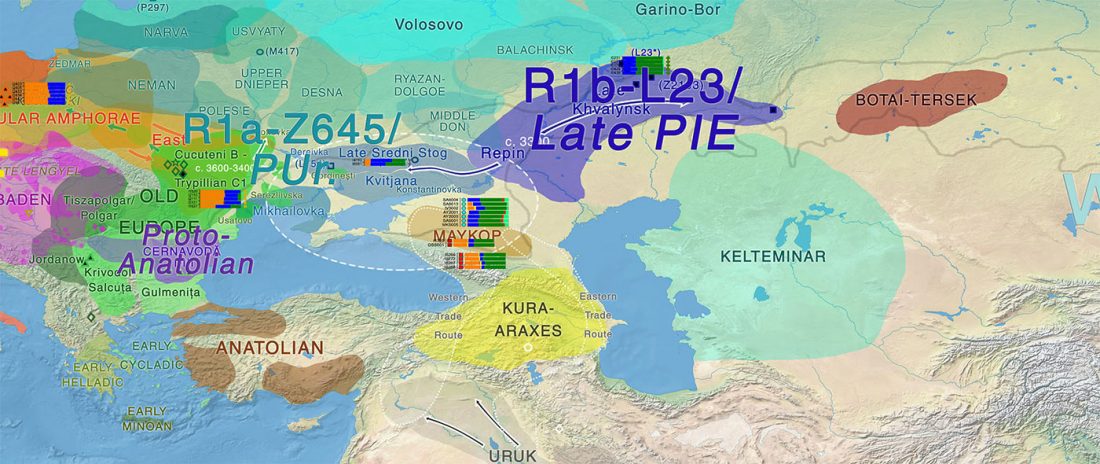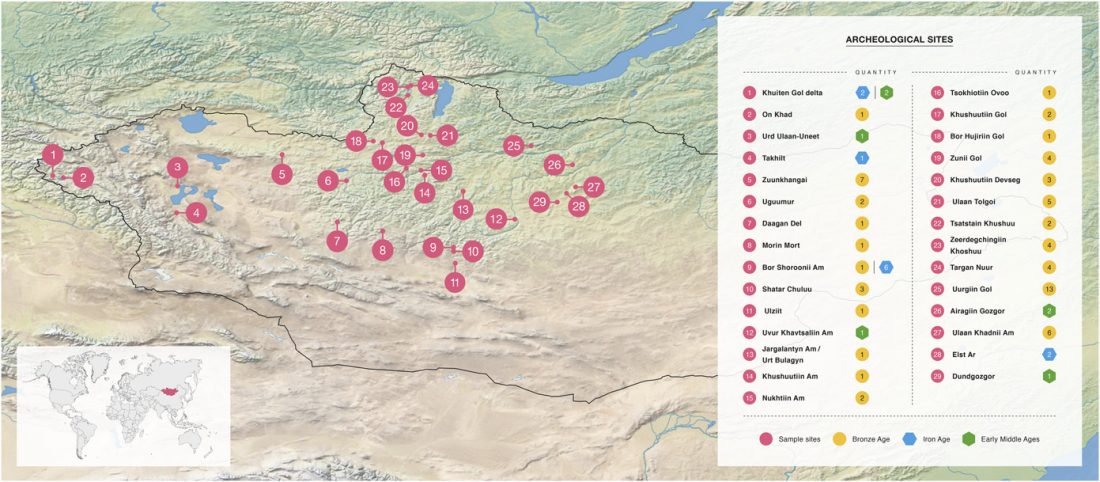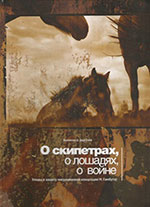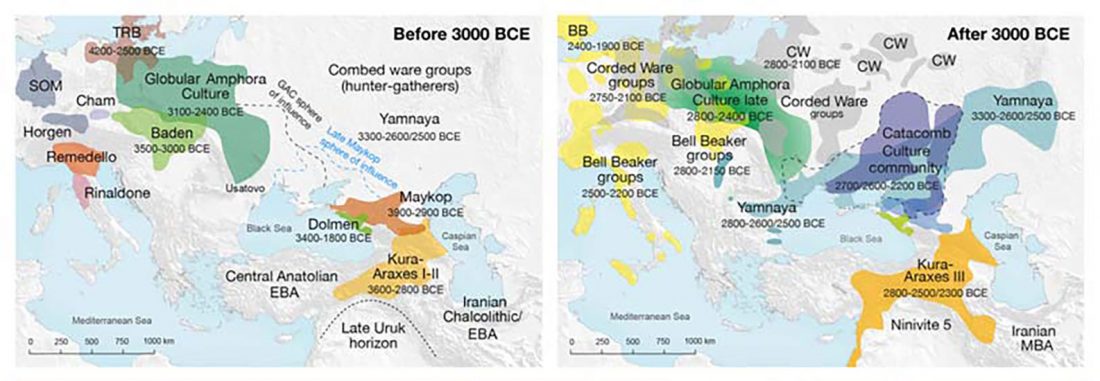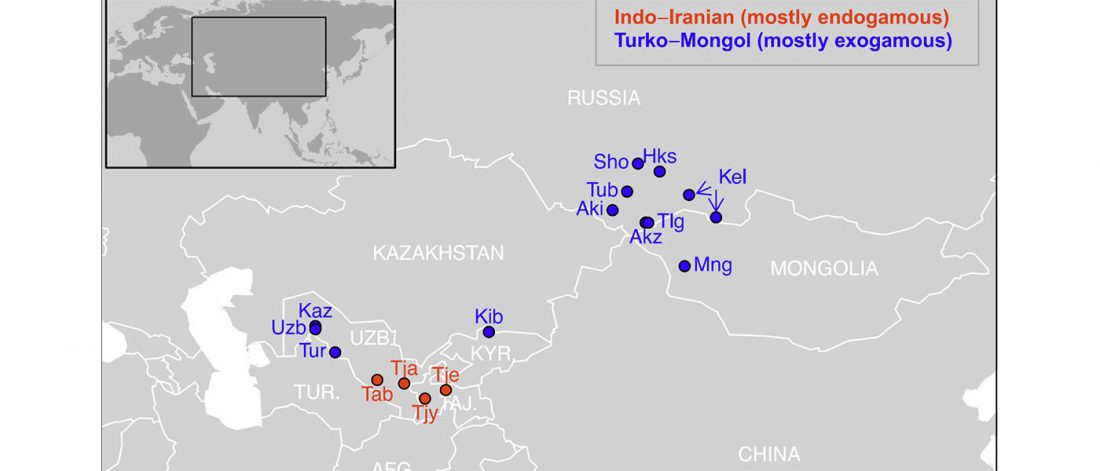Craft production at Köhne Shahar, a Kura-Araxes settlement in Iranian Azerbaijan, by Alizadeh et al. J Anthropol Arch (2018) 51:127-143.
Interesting excerpts (emphasis mine):
Introduction
… Read the rest “Kura-Araxes implicated in the transformation of regional trade in the Near East”Kura-Araxes communities first emerged throughout the southern Caucasus in the mid-4th millennium BC (Sagona, 1984; Rothman, 2005; Kohl, 2009) or possibly earlier in Nakhchivan (Marro et al., 2014; Palumbi and Chataigner, 2014: 250; Marro et al., 2015; Palumbi and Chataigner, 2015). By the late 4th-early 3rd millennium BC, their characteristic material culture, particularly hand-made black burnished pottery, spread throughout much of Southwest Asia after 2900 BCE (Fig. 1). The widespread dissemination of this material
